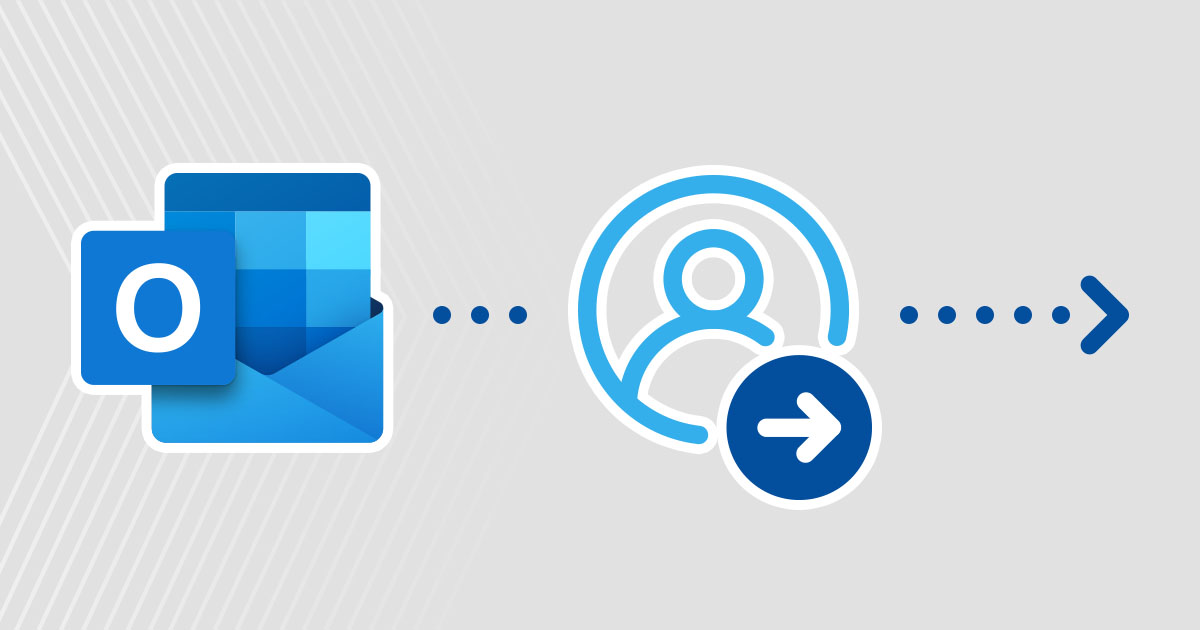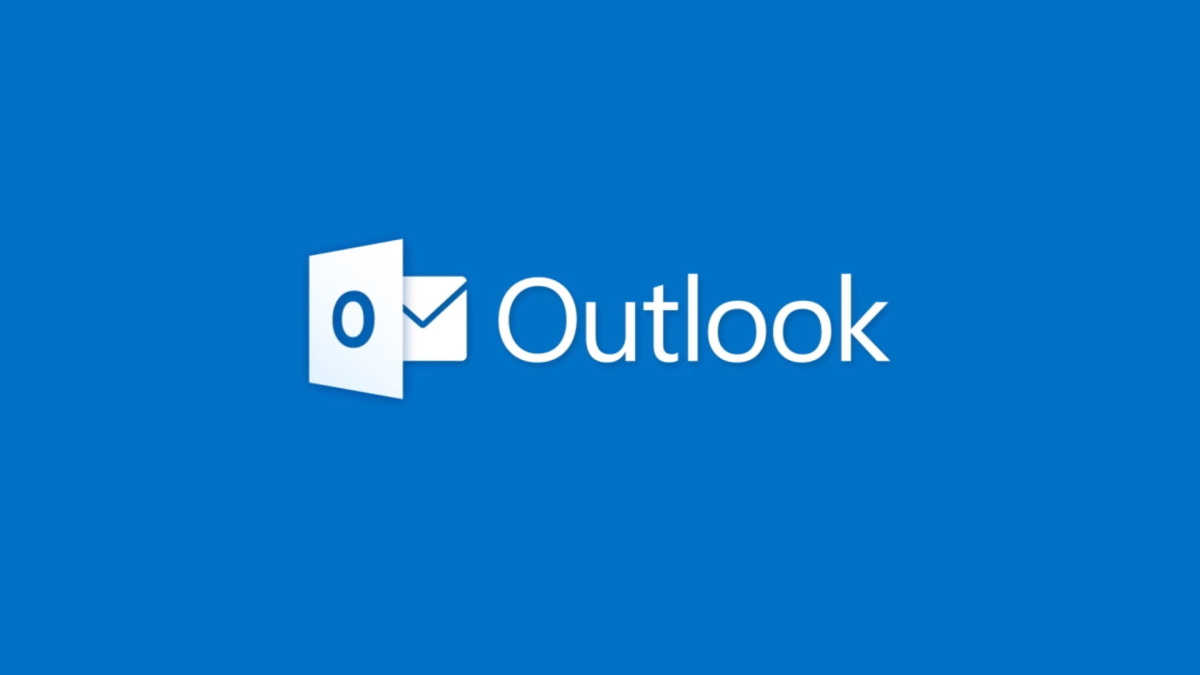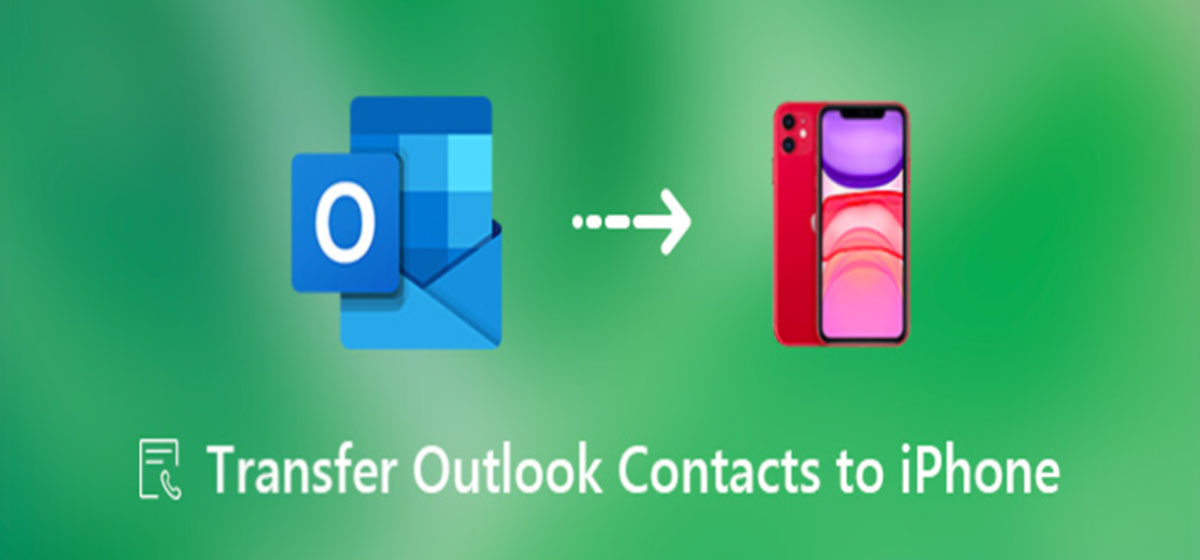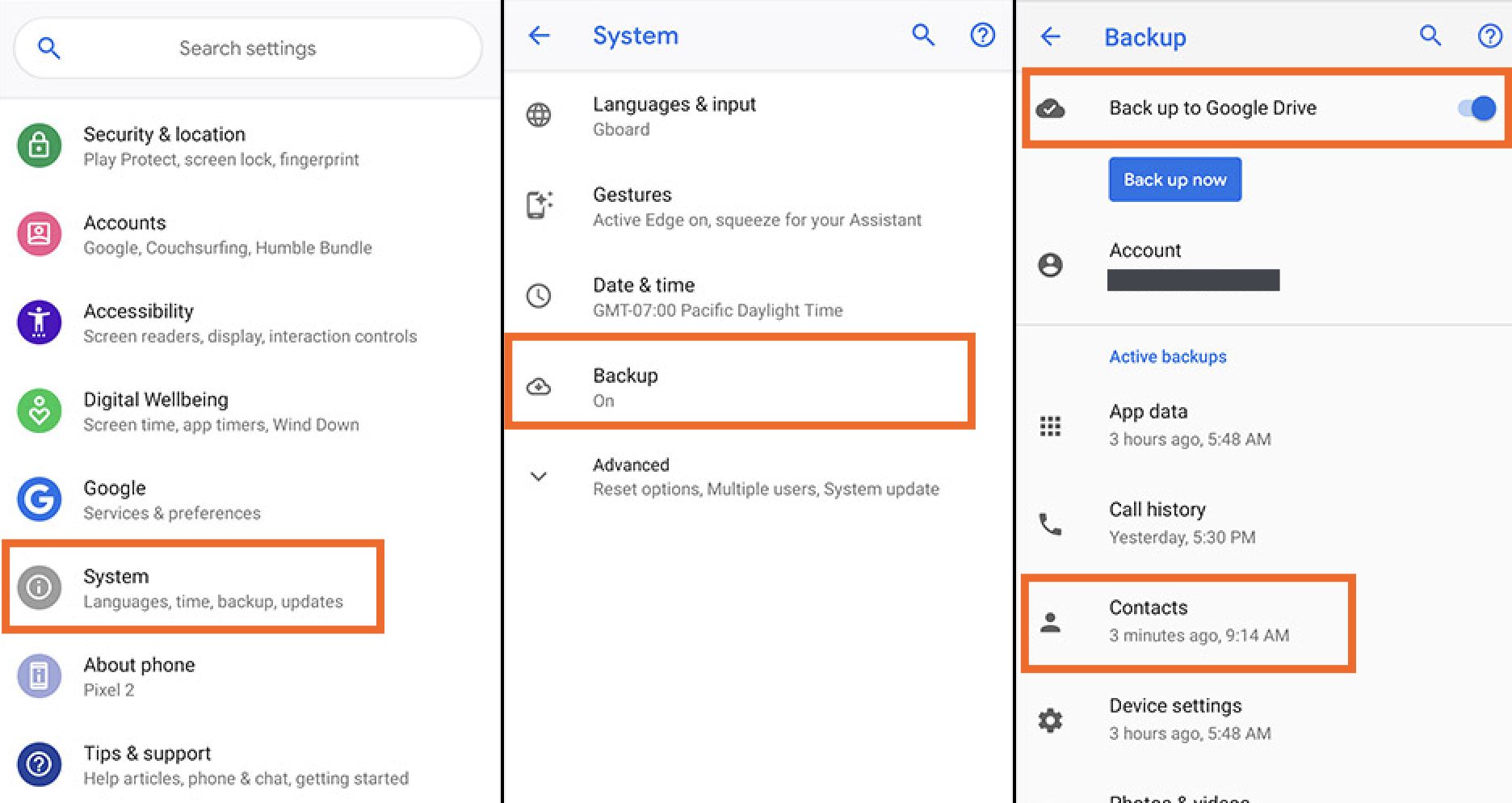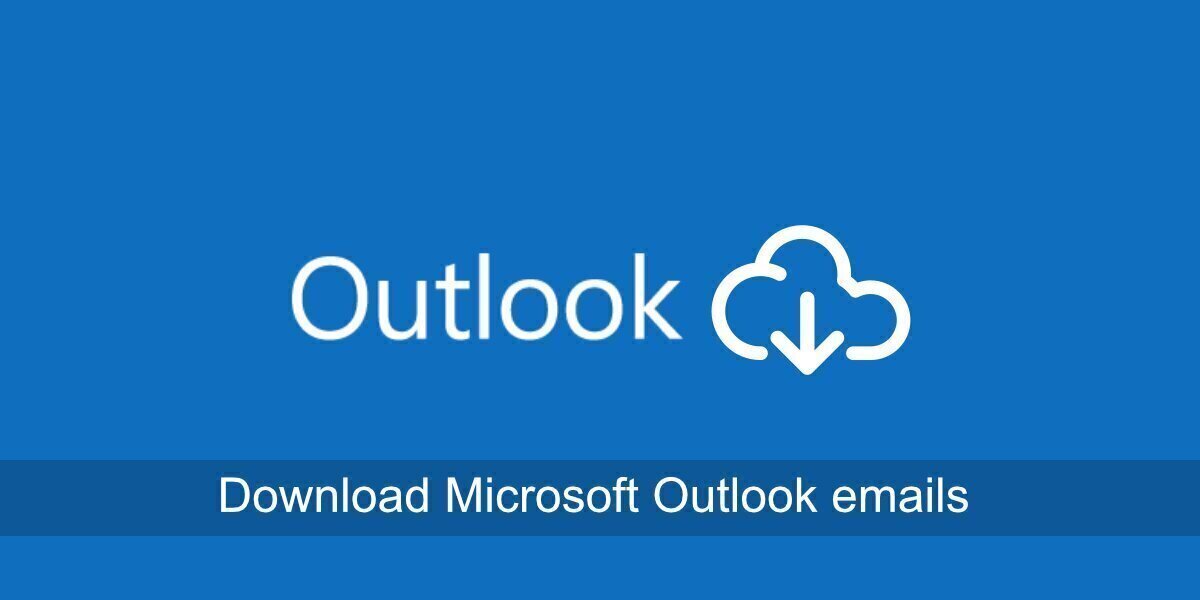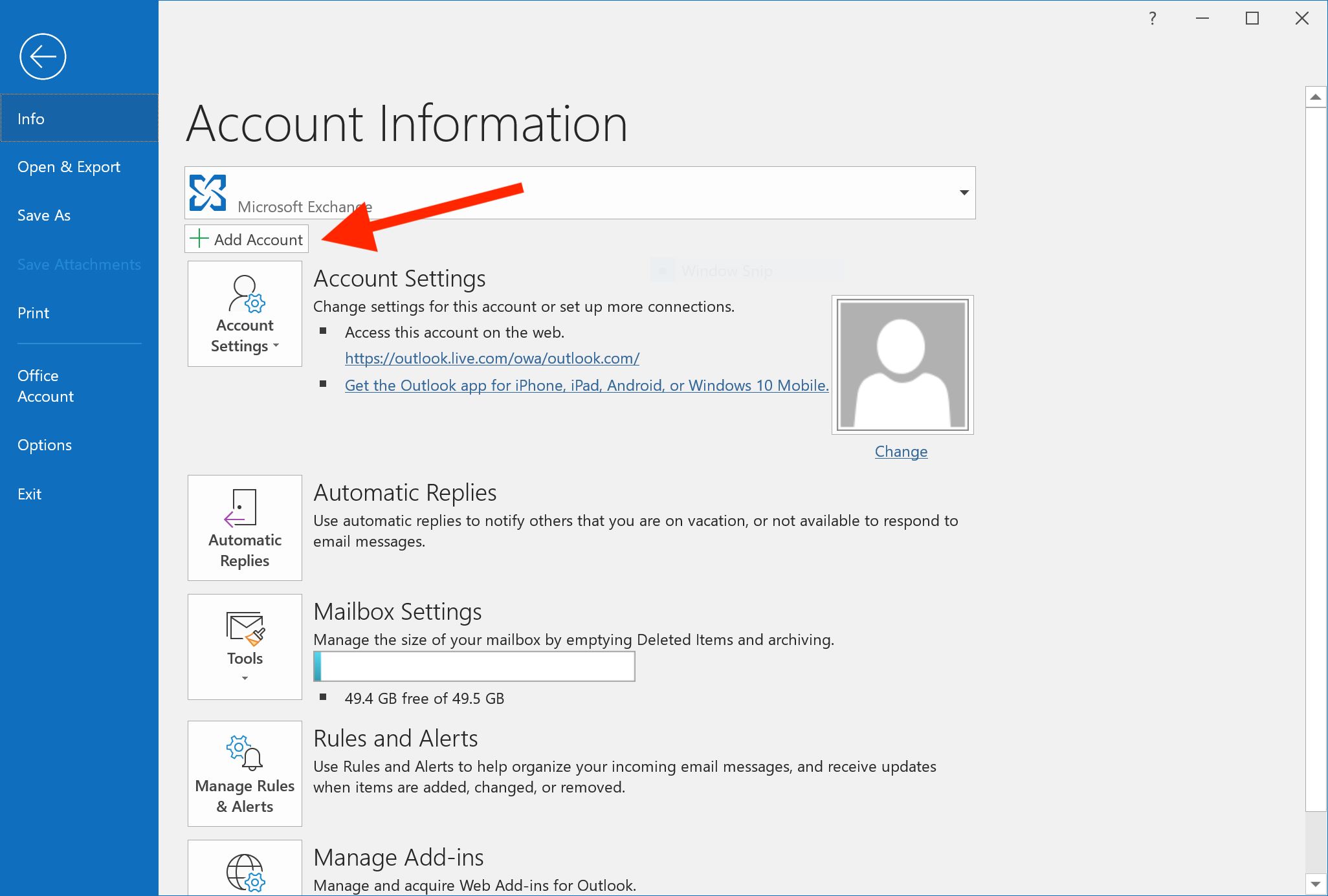Introduction
Welcome to this step-by-step guide on how to download your contacts from Outlook. Whether you need to transfer your contacts to a new device, create a backup, or simply have a convenient offline copy, downloading your Outlook contacts is a straightforward process. In this guide, we will walk you through each step to ensure you can easily and efficiently save your contacts.
Outlook is a popular email and calendar service provided by Microsoft. It offers a comprehensive suite of features, including a built-in contact management system. This allows you to store and organize your contacts, making it easy to reach out to clients, colleagues, friends, and family. While accessing your contacts within Outlook is convenient, having the ability to download and save them externally provides an extra layer of security and accessibility.
Downloading your contacts from Outlook can be done in just a few simple steps. We will guide you through the process, ensuring that you can effortlessly export your contacts in a format that suits your needs. Whether you want to save them as a backup on your computer or import them into a different email service, this guide will provide you with the necessary instructions.
Before we proceed, it’s essential to ensure you have a valid Outlook account and are logged in. If you don’t have an account yet, you can easily create one by visiting the Outlook website and following the registration process. Once you have your account details ready, let’s move on to the next step.
Step 1: Validate Your Account
The first step in downloading your contacts from Outlook is to validate your account. This ensures that you have the necessary access and permissions to manage your contacts.
To validate your Outlook account, follow these simple steps:
- Open a web browser and navigate to the Outlook website.
- Enter your email address and password in the provided fields.
- Click on the “Sign In” button to log in to your account.
If your login credentials are correct, you will be directed to your Outlook inbox. This indicates that your account has been successfully validated. However, if you encounter any issues logging in, make sure to double-check your email address and password for accuracy. If the problem persists, you may need to reset your password or contact Microsoft support for further assistance.
It’s important to note that Outlook offers various authentication methods, including two-factor authentication (2FA) and single sign-on (SSO). If you have enabled any additional security features for your account, you may be prompted to provide additional verification during the login process. Follow the on-screen instructions to complete the verification and proceed to your Outlook account.
By validating your account, you ensure that you have the necessary access to manage your contacts and perform the necessary tasks to download them. Now that you have successfully logged in to your Outlook account, let’s move on to the next step.
Step 2: Go to the Contacts page
Once you have validated your Outlook account, the next step is to navigate to the Contacts page where you can access and manage your contact list. Follow these simple steps:
- From your Outlook inbox, locate and click on the “Contacts” option in the navigation menu. It is usually represented by an icon that resembles a person or address book.
- This will redirect you to the Contacts page, where you can view and manage your contact list. Here, you can find all the contacts you have saved in Outlook, including their names, email addresses, phone numbers, and other relevant details.
- If you have a large number of contacts, you can search for specific individuals using the search bar located at the top of the page. Simply enter the name or any other identifying information of the contact you are looking for, and Outlook will filter the results accordingly.
- You can also organize your contacts into different groups and categories for easier management. Outlook allows you to create custom folders, add tags, and apply filters to your contact list.
Once you have accessed the Contacts page, you are now ready to proceed to the next step, where we will select the specific contacts you want to download. Organizing your contacts and ensuring that they are up to date will make the downloading process more efficient and convenient.
Step 3: Select Contacts to Download
After navigating to the Contacts page in Outlook, you can now select the specific contacts that you want to download. Follow these steps to choose the contacts:
- Review your contact list and decide which contacts you want to include in the download. You can select individual contacts or choose multiple contacts by holding down the CTRL key (or Command key on Mac) while clicking on each contact.
- If you want to select all the contacts in your list, you can use a shortcut by pressing CTRL+A (or Command+A on Mac). This will automatically select all the contacts visible on the current page.
- If you have organized your contacts into different folders or categories, you can navigate to the specific folder or category and select the contacts from there.
- It’s important to ensure that you are selecting the correct contacts before proceeding to the next step. Double-check your selection to avoid any omissions or including unnecessary contacts.
By selecting the specific contacts you want to download, you can customize the exported contact list based on your needs. This allows you to have more control over the information you want to save and use.
Once you have chosen the contacts, it’s time to move on to the next step, where we will export the selected contacts in a suitable format for downloading.
Step 4: Export Contacts
After selecting the desired contacts in Outlook, the next step is to export them so that you can download them to your computer or another device. To export your contacts, follow these steps:
- In the Contacts page, look for the toolbar at the top of the screen. It usually contains different options for managing your contacts.
- Locate and click on the “Export” or “More options” button. The specific wording may vary depending on the version of Outlook you are using.
- A dropdown menu or a pop-up window will appear, providing you with various export options.
- Choose the “Export Contacts” or a similar option from the available choices.
- You may be prompted to confirm the export action. Click “OK” or “Export” to proceed.
By following these steps, you are initiating the export process for your selected contacts. The next step is to choose the appropriate format for the exported file, which we will discuss in the following section.
It’s worth noting that Outlook may offer additional export options, such as exporting to a cloud storage service or integrating with third-party applications. These options can provide more flexibility and convenience, allowing you to access your contacts from different platforms or share them with others.
Now that you have successfully started the export process, let’s move on to the next step, where we will select the format for the exported contacts.
Step 5: Choose Export Format
Once you have initiated the export process for your contacts in Outlook, you will have the option to choose the format in which you want to save the exported file. The choice of format will depend on your specific needs and the compatibility of the file with other applications or devices. Follow these steps to select the export format:
- When prompted to choose the export format, carefully review the available options. Outlook typically provides multiple formats to cater to different requirements.
- The most common export formats for contacts include CSV (Comma Separated Values), vCard (Virtual Contact File), and Excel.
- CSV is a widely compatible format that can be imported into various email clients and contact management applications. It is a plain text file where each contact’s information is separated by commas.
- vCard is a standard format for electronic business cards and is compatible with most contact management systems. It is a single file that contains all the contact information in a structured format.
- If you choose the Excel format, the exported contacts will be saved as an Excel spreadsheet (.xlsx). This format allows for more advanced data manipulation and analysis.
- Select the format that best suits your needs by clicking on it or selecting it from a dropdown menu.
It’s important to consider the compatibility and intended use of the exported contacts when choosing the format. If you are unsure which format to choose, you can consult the documentation or support resources of the application or device you plan to import the contacts into.
Now that you have selected the export format for your contacts, let’s move on to the final step, where we will download the exported file.
Step 6: Download the File
After selecting the desired export format for your contacts in Outlook, the final step is to download the exported file. Follow these steps to complete the process:
- Once you have chosen the export format, click on the “Export” or “Download” button. The specific wording may vary depending on the version of Outlook you are using.
- Outlook will generate the exported file in the selected format and prompt you to save it to your computer or device.
- Choose a location on your computer where you want to save the file. You can select a relevant folder or create a new one specifically for the exported contacts.
- Specify a name for the file that will help you identify and locate it easily in the future. Use a descriptive and meaningful name so that you can quickly recognize the purpose and content of the file.
- Click “Save” or “Download” to initiate the download process. The file will be downloaded to your specified location.
Once the download is complete, you can navigate to the folder where you saved the exported file to verify its presence. You can then access and use the file as needed, whether it’s importing the contacts into another email client, creating a backup, or simply storing them for future reference.
It’s always a good practice to regularly back up your contacts to ensure that they are protected from any unforeseen events, such as data loss or device failure. By downloading and saving your contacts from Outlook, you have taken an important step in maintaining the security and accessibility of this valuable information.
Congratulations! You have successfully completed the process of downloading your contacts from Outlook. Now you can use the exported file as per your requirements and easily manage and access your contacts.
Conclusion
Downloading your contacts from Outlook is a simple and essential task that allows you to have a backup and offline copy of your contact list. By following the step-by-step guide outlined above, you can easily export and download your contacts in a format that suits your needs.
We started by validating your Outlook account to ensure you have the necessary access and permissions to manage your contacts. Then, we guided you through navigating to the Contacts page, where you can view and manage your contact list. We then explained how to select the specific contacts you want to download, followed by initiating the export process. You also learned how to choose the export format that best suits your requirements. Finally, we discussed how to download the exported file to your computer or device.
Remember, regularly exporting and downloading your contacts from Outlook is crucial for data backup and accessibility. It gives you the peace of mind that you can always have a copy of your contacts, even if anything happens to your Outlook account or device.
With the exported file in your possession, you can import your contacts into a new device, share them with others, or simply keep them as a backup. The flexibility provided by downloading your contacts ensures that you can easily manage and organize your contact information for personal and professional purposes.
Thank you for following this guide on how to download contacts from Outlook. We hope it has been informative and helpful. If you have any further questions or need assistance with any aspect of the process, feel free to consult the Outlook documentation or reach out to their support team for additional guidance.







